The Twelve Days of Christmas: What We’re All Getting Wrong About This Carol
I’ve spent a good chunk of my life digging into old stories and songs, trying to figure out where they came from. And honestly, few tunes are as famous yet as misunderstood as ‘The Twelve Days of Christmas.’ We all know it, we all get it stuck in our heads, but most of us think of it as just a quirky, slightly repetitive Christmas carol. When you peel back the layers, though, you find this amazing story about party games, social history, and even some pretty modern myths. It’s so much more than a song—it’s a little piece of culture that’s been tweaked and twisted for centuries.
In this article
So many people sing it while believing some of the wilder stories they’ve heard, usually about secret codes and hidden religious meanings. But in my experience, the real story is almost always simpler and, frankly, a lot more fun. The truth doesn’t start in a somber church service; it starts in a lively living room, with a game of memory and a lot of laughter. Let’s dig in and see what this famous carol is really all about.
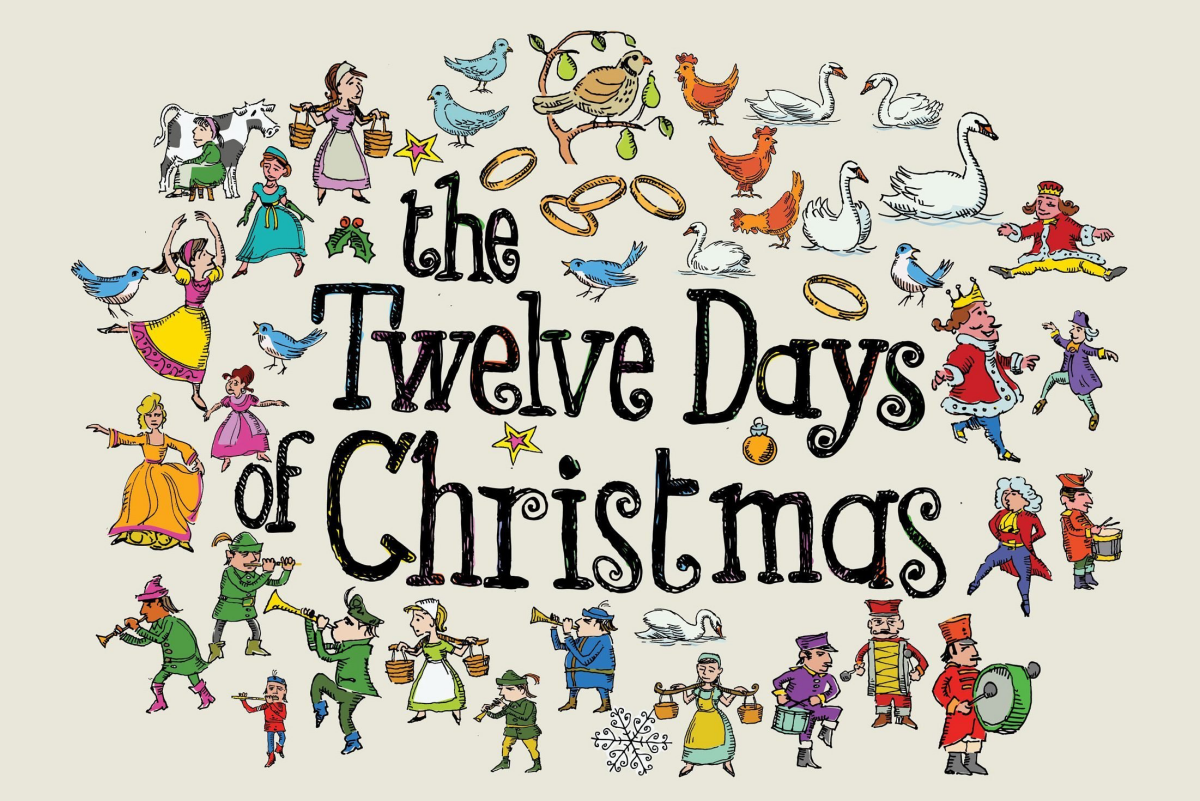
It All Started as a Party Game
Long before we could just flip on the TV, people had to get creative to have fun. Especially during the long, cold nights of the Christmastide season, parlor games were everything. And that’s exactly what ‘The Twelve Days of Christmas’ was at its core: a memory game.
It’s a cumulative song, which was a super popular format for games back in the day. The earliest known printed version appeared in a children’s book filled with rhymes and games. It wasn’t presented as a sacred carol, but as a fun challenge. The rules were straightforward: The first person would sing the first gift. The second person had to repeat the first gift and add the second. This went on and on, with each player reciting the whole growing list. If you messed up? You had to pay a ‘forfeit’—maybe give up a piece of candy or do a silly dance. It was all about lighthearted fun.
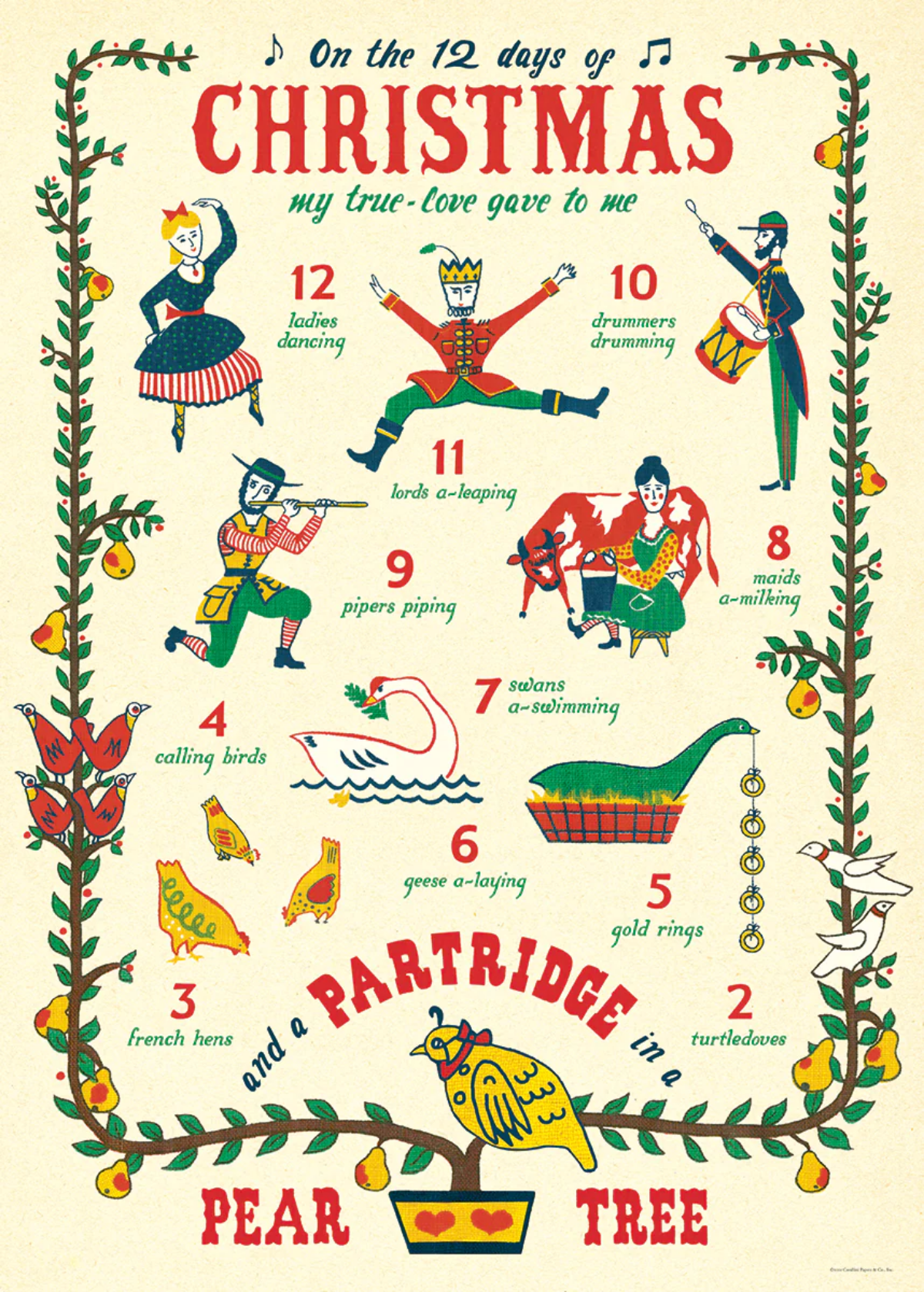
That structure is the key. The endless repetition isn’t just a lyrical quirk; it’s the entire point of the game! It was designed to be hard to remember. As a folklorist, I see this pattern all the time in traditional games. They’re built to test your memory and get everyone in the room participating and laughing together.
Try It At Your Next Holiday Gathering!
Want a taste of history? Turn it into a game yourself. It’s simple:
- Go around the room, with each person adding the next day’s gift and reciting all the ones that came before.
- The first person to stumble on the lyrics has to do a forfeit. Make it fun! Maybe they have to do the dishes, sing a solo of ‘Jingle Bells,’ or wear a silly hat for ten minutes.
It’s a surprisingly fun way to see who’s really been paying attention all these years.
So, What’s With All the Birds? Unpacking the Gifts
To really get the song, you have to put on your history goggles and forget about modern symbolism. The list of gifts makes a lot more sense when you see it from the perspective of a wealthy, rural English household from a few hundred years ago. The gifts weren’t random; they were a snapshot of life, falling into a few clear categories: food for the feast, entertainment, and the people who made it all happen.

Let’s break down the real meaning versus the popular myth you’ve probably heard.
Day 1: A Partridge in a Pear Tree
The partridge was a common game bird, a tasty main course for a festive meal. The pear tree part is a bit of a puzzle. Some experts think it might be a misinterpretation of the French word for partridge, ‘perdrix.’ But honestly, it also just paints a memorable opening image.
Day 2-4: The Bird Buffet
The two turtle-doves and three French hens weren’t just for looks; they were delicacies. Doves were eaten, and French hens were a prized breed for both their eggs and meat. Then you have the four calling birds. Heads up! This is a classic example of how language changes. Older versions of the song say ‘four colly birds.’ ‘Colly’ is an old word for ‘black,’ so the gift was actually four blackbirds—which, you guessed it, were often baked into pies.

Day 5: Five Golden Rings
This is the one that trips everyone up. It sounds like the song suddenly shifts to jewelry. But many folklorists believe this line is still about birds! The ‘five golden rings’ most likely referred to ring-necked pheasants, another popular game bird known for the distinct golden ring of feathers around its neck. It fits the pattern perfectly.
Day 6 & 7: The Main Event
Six geese a-laying and seven swans a-swimming represent the height of the feast. Geese were a holiday staple, and a laying goose was extra valuable. Swans, on the other hand, were the ultimate status symbol—a royal bird that only the very rich were allowed to serve. This was a gift meant to seriously impress.
Day 8-12: The Party People
The final days shift from food to the people on the estate. The eight maids a-milking were dairymaids, essential workers. The nine ladies dancing and ten lords a-leaping were the noble hosts and their guests, enjoying the party. And the eleven pipers piping and twelve drummers drumming? They were the hired entertainment, providing the soundtrack for the whole celebration.
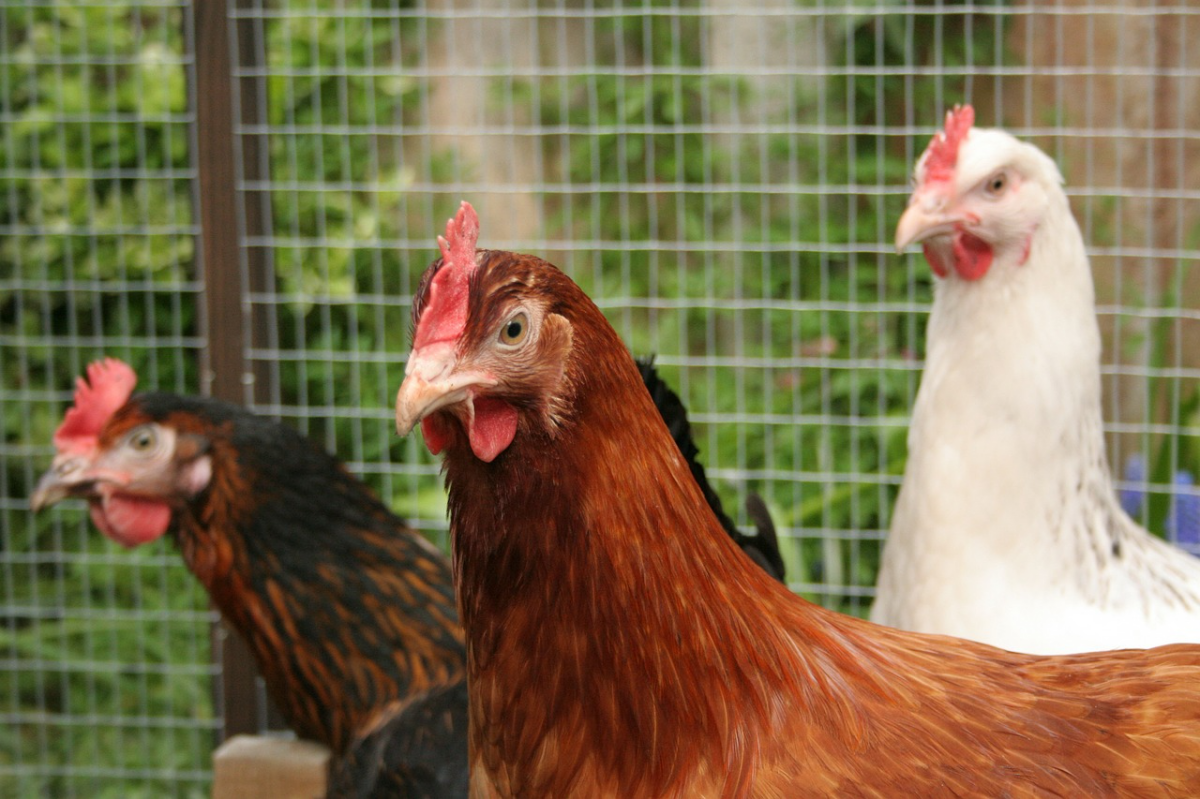
See? It’s not a random list at all. It’s a tour of a huge Christmastide party, from the kitchen to the ballroom.
The Elephant in the Room: The ‘Secret Catholic Code’ Myth
Okay, let’s tackle the big one. You’ve almost certainly heard the story that the song was a secret catechism tool for persecuted English Catholics to teach their kids the faith. It’s a dramatic tale of bravery and covert operations.
According to this theory, the partridge is Jesus, the two doves are the Old and New Testaments, the three hens are Faith, Hope, and Charity, and so on. It’s a neat little package.
The only problem? There is absolutely zero historical evidence to back it up. It’s a classic example of what we call ‘folk-etymology’—a story that sounds good, so people repeat it until it feels true. The theory itself didn’t even appear until the late 20th century. It’s a modern myth, not a historical fact.

How to Politely Correct Your Uncle at Christmas Dinner
When this topic comes up over the turkey, you can gently set the record straight without starting a family feud. Here are a few key points:
- There’s no paper trail. The theory only surfaced very recently. There are no historical documents from the time that even hint at a secret code.
- The ‘secrets’ weren’t very secret. Most of the so-called coded items (the Gospels, the Ten Commandments) are fundamental to both Catholicism and Protestantism. It would be like creating a secret code to teach that the sky is blue.
- The lyrics were all over the place. If it were a rigid code, the gifts would have to be the same everywhere. But different versions had wildly different lyrics. I’ve seen some old regional versions that included an ‘Arabian baboon,’ ‘ships a-sailing,’ and even ‘a parrot in a peach tree!’ That doesn’t work if each item has a fixed, sacred meaning.
- The song was published as a game. The earliest known source presents it as a memory and forfeit game for children, plain and simple.

A Few More Fun Tidbits…
By the way, the tune we all sing today isn’t the original either. A composer in the early 1900s arranged the version we know and added that iconic, drawn-out flourish on ‘Five go-olden RINGS!’ That musical touch is a big part of what made the song so catchy and cemented its place in our modern holiday playlist.
Oh, and have you ever done the math? It’s a fun little puzzle. The ‘true love’ doesn’t just get 78 gifts (12+11+10…). They get a new set plus all the previous ones every single day. By the end of the twelfth day, they have received a whopping 364 gifts! The sheer absurdity of it all is part of the joke. Today, this is kept alive by the PNC Christmas Price Index, an annual economic report that calculates the real-world cost of all 364 items. (Heads up: it’s a lot!)

So, What’s the Real Takeaway?
At its heart, ‘The Twelve Days of Christmas’ is a secular English folk song that began as a game to pass the time during the festive season. The gifts are a window into the world of a grand country estate celebration from centuries past.
Does that mean you can’t find your own meaning in it? Of course not. Songs evolve, and if the religious symbolism resonates with you, that has its own value. But it’s important to know the difference between the song’s actual history and the new layers of meaning we’ve added over time. Understanding where it came from doesn’t make it less magical. If anything, it connects us to the real people who first sang it—laughing, testing their memories, and enjoying the party by the fire, all those years ago.
Galerie d’inspiration

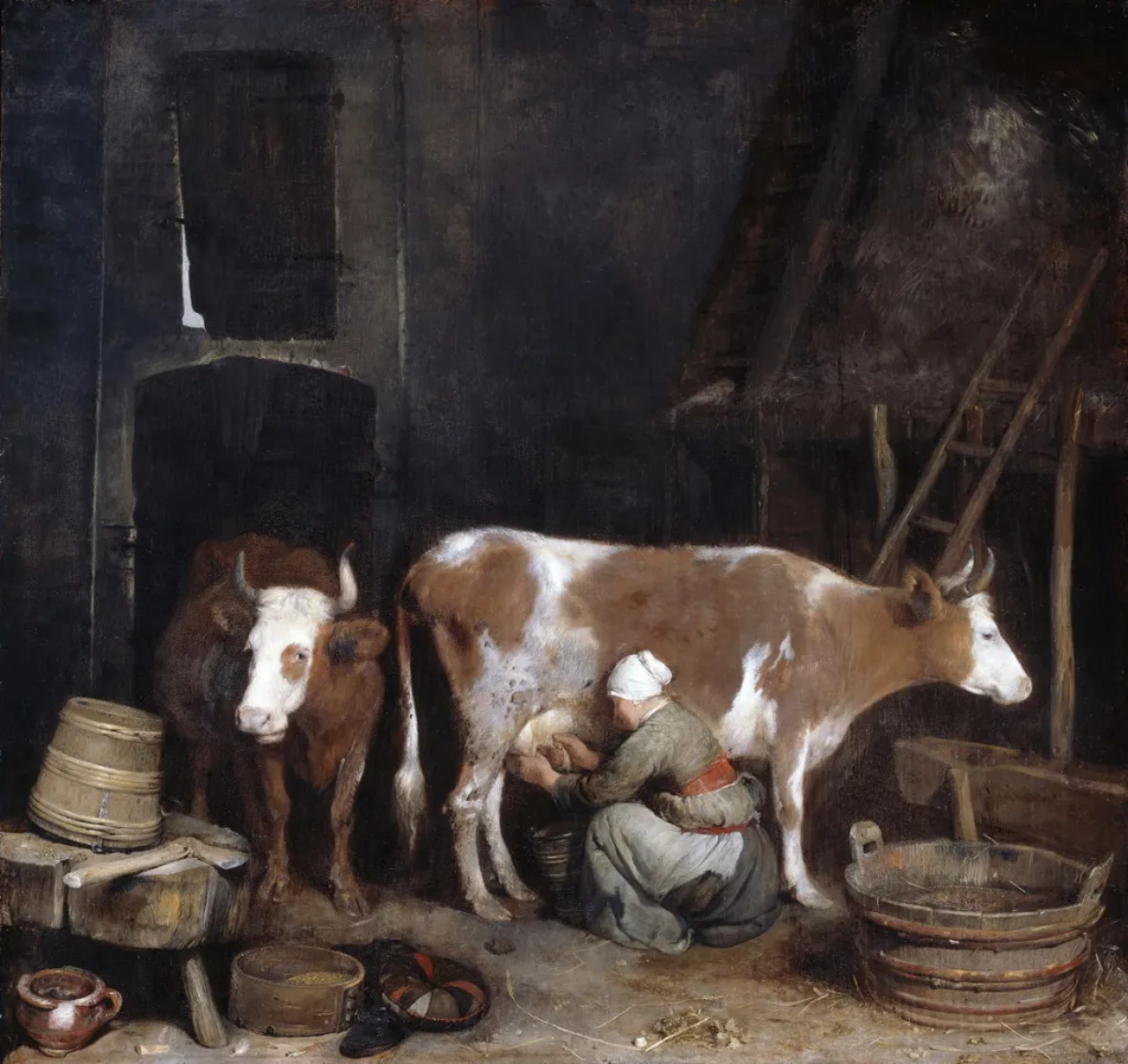
The first known printing of the carol was in the 1780 English children’s book ‘Mirth without Mischief’.
Folklorists Iona and Peter Opie noted that in this original version, the song was presented more as a chant or rhyme. There was no accompanying music; the melody we associate with the carol today wouldn’t be standardized for another 130 years, highlighting its origins as a spoken fireside game rather than a formal song.

What’s the deal with the
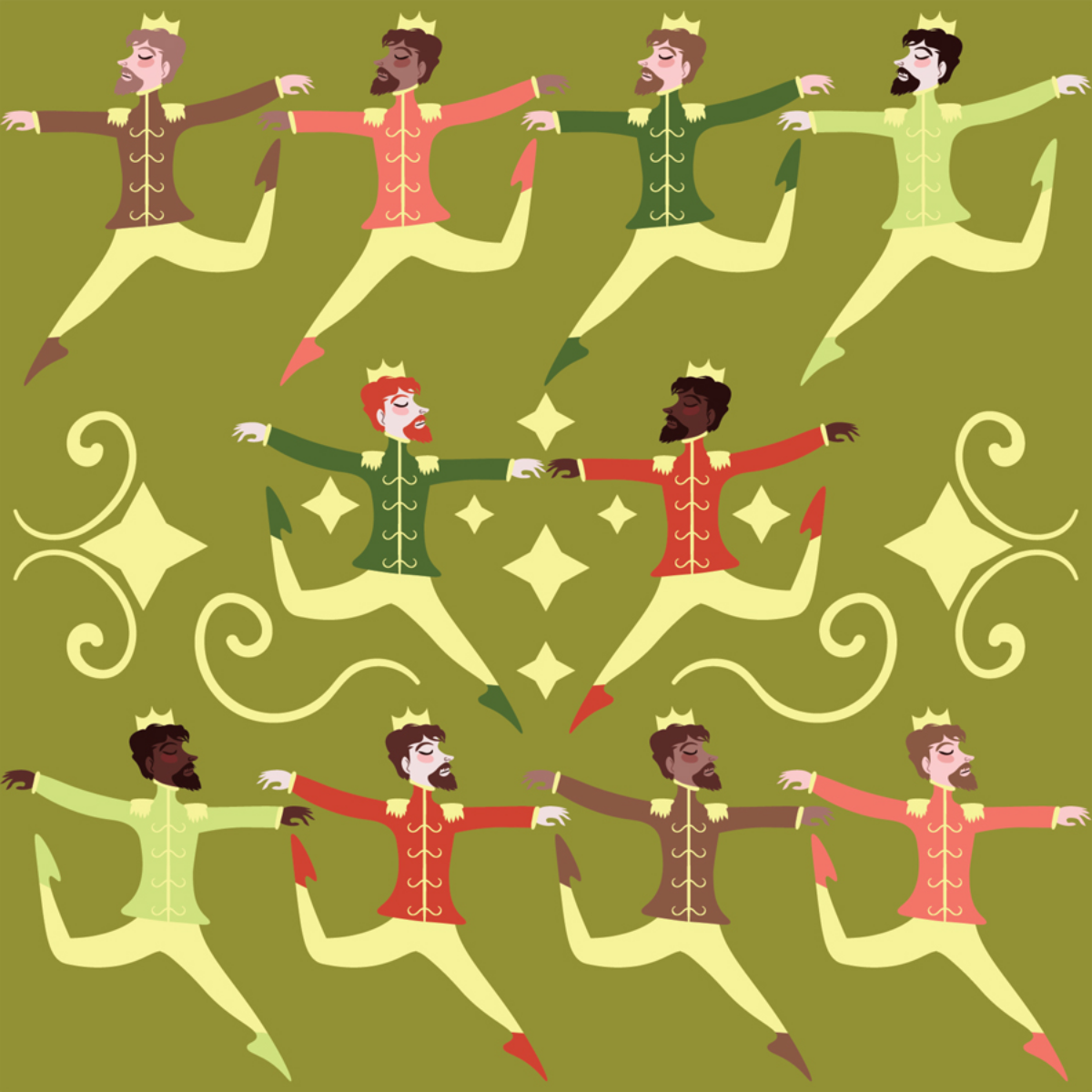
- A room filled with laughter as someone forgets the ‘nine ladies dancing.’
- A fun, low-stakes competition that gets every generation involved.
- The creation of a hilarious new family tradition.
The secret? Revive the song’s original purpose as a forfeit game. If a player messes up the sequence, they must perform a silly task, like acting out one of the gifts or sharing a favorite Christmas memory.

The visual world of the carol is a tradition in itself. Modern illustrators like Jan Brett have become famous for their renditions. In her book The 12 Days of Christmas, she uses intricate, detailed borders on each page that foreshadow the gifts to come, creating a visual game of discovery that mirrors the song’s cumulative structure.

The Composer’s Touch: The iconic, swelling melody we all know for
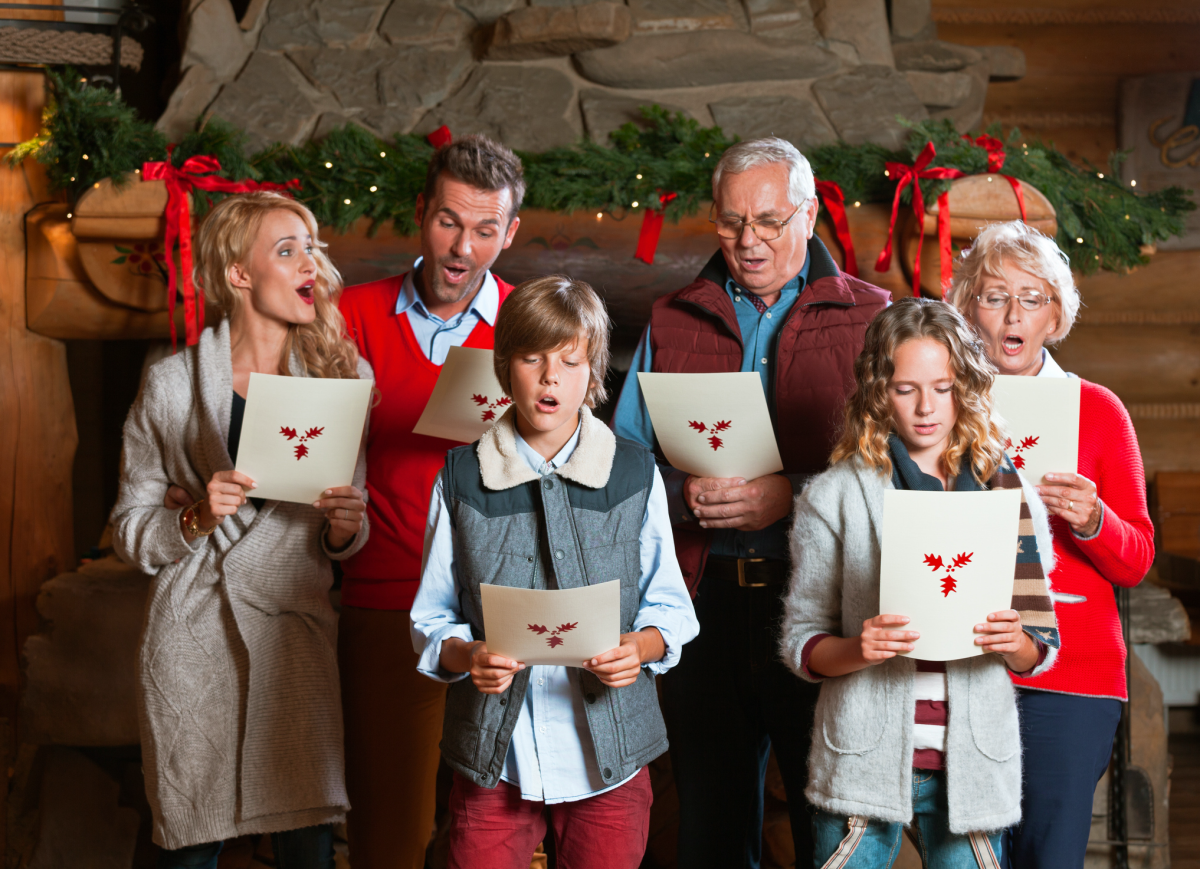
According to the annual PNC Christmas Price Index®, purchasing every single gift in the carol in 2023—all 364 of them—would cost a staggering $46,729.
This whimsical economic analysis, which has been calculated since 1984, tracks the market cost of everything from the drummers drumming (a professional service) to the swans-a-swimming. The biggest expense? The seven swans, which can cost over $13,000.

English Partridge: The classic gift is a partridge in a pear tree, a very specific and somewhat poetic image.
French Perdrix: A popular version in France has a similar gift, but with a local twist: ‘une belle perdrix grise’ (a beautiful grey partridge), which is often found with a pear, connecting back to the original.
This shows how folk songs adapt to their local environment, swapping details to make them more familiar to the audience.
Want to play the memory game today? Here are some fun, modern ‘forfeits’ if someone slips up:
- Attempt to hum a Christmas carol using only the word ‘figgy.’
- Do your best impression of one of the ‘twelve drummers drumming.’
- Name all of Santa’s reindeer in under ten seconds.
- Balance a tree ornament on your nose for five seconds.










